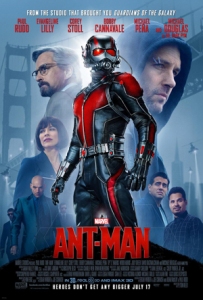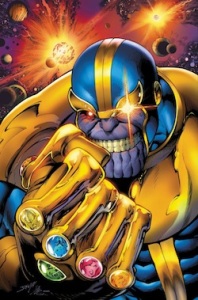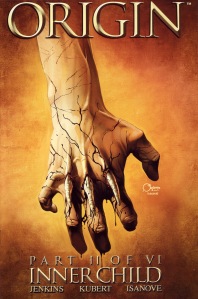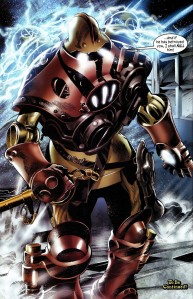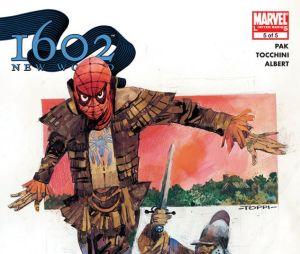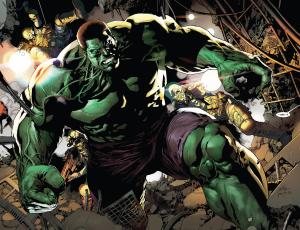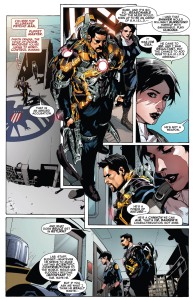Ant-Man
In a world where thunder gods and super-soldiers are commonplace, a man who can shrink to an ant’s size is borderline average. It certainly wouldn’t be the first choice for a superhero movie. And yet, here we are: Ant-Man, who with a press of the button can slip through keyholes, mount flying ants and apparently kick the crap out of any normal-sized attacker with ease.
The film is classic origin story: an unlikely person is chosen for reasons unknown (over people with more experience and training for the eventual “save-the-world” scenarios) to wield a game-changing technology in order to keep the world from falling apart. The aforementioned normal guy is way in over his head, repeatedly rejecting his superhero responsibility because of his own assumed inadequacy. But then the hapless hero gets the motivation from a chat with a family member and starts training to become the hero he’s destined to be. The enemy has a few tricks up his sleeve, but is all for naught: the hero not only saves the day with a sacrifice, but manages to defy the odds and return to his family safe and sound. Heart-warming, but also predictable.
With such a cookie-cutter story, it’s up to the actors to make the characters work. Paul Rudd the perfect choice for semi-reformed criminal Scott Lang, aka Ant-Man. He is the quintessential nice guy. Whatever defending Reese Witherspoon in Overnight Delivery or standing up for Steve Carell in Dinner For Schmucks, Paul Rudd can always be counted on to do the right thing.
Michael Douglas co-stars as Dr. Henry Pym, the creator of the Ant-Man technology and the original wearer of the shrinking suit. His take on the father-figure is typical run-of-the-mill, but Pym really flounders when it comes to his distrust of the SHIELD (Marvel’s international agency) organization. SHIELD and its metahuman team the Avengers have stumbled a bit in previous movies, but Douglas is just parroting the distrust inherent to every Marvel film. I also find it odd that a genius inventor capable of shrinking human beings and “talk” to ants would make the mistake of assuming a building wouldn’t be paved and rebuilt in the thirty years of its original construction.
The stiffest performance, however, comes with a tie between villain Darren Cross (played by This Is Where I Leave You’s Corey Stoll) and Evangeline Lily, aka Hope van Dyke (Pym’s daughter). Created solely for the movie, both roles have their actors go through the motions. Cross is dangerously unbalanced and ruthless, while Hope does little but brood and complain about Scott’s criminal background or her father’s secrets. Both Hope and Cross are means to an end, not full-fledged people. If that’s what the film was shooting for, then it worked. If not, though . . . eh.
I can think of a dozen heroes who deserve their own superhero movie. Ant-Man is not on that list. Marvel took a big risk in giving such a low-tier character like Scott Lang his chance on the silver-screen. The film could have gone horribly wrong every step of the way, but it didn’t. Sure, the film does lean heavily on the reluctant hero formula, but in the end, Scott Lang makes a pretty good hero.
Isn’t that why we go to the movies in the first place?
